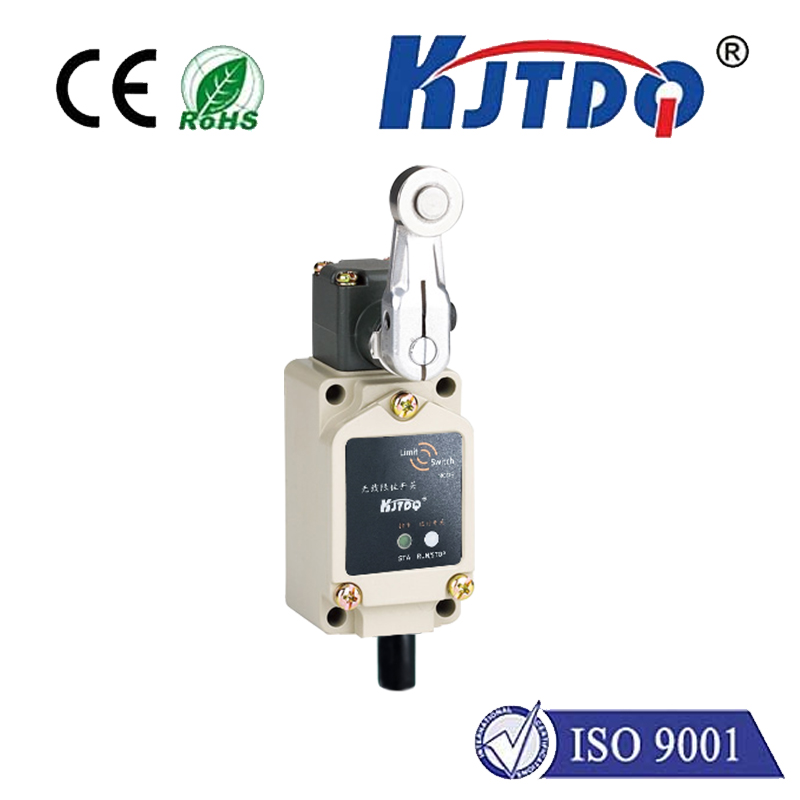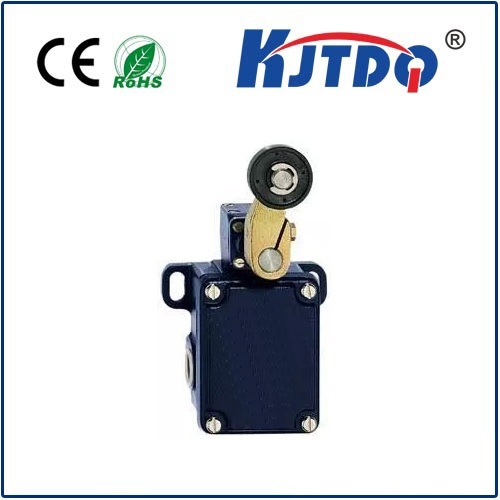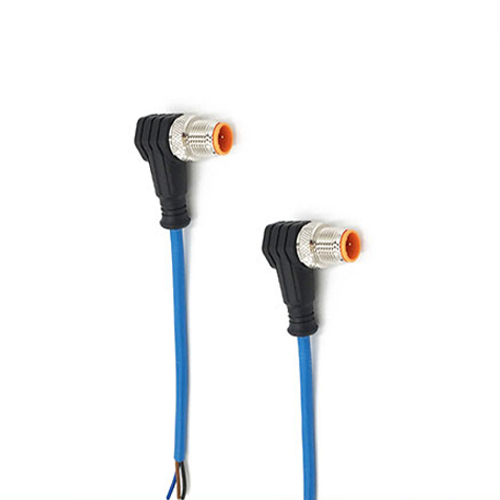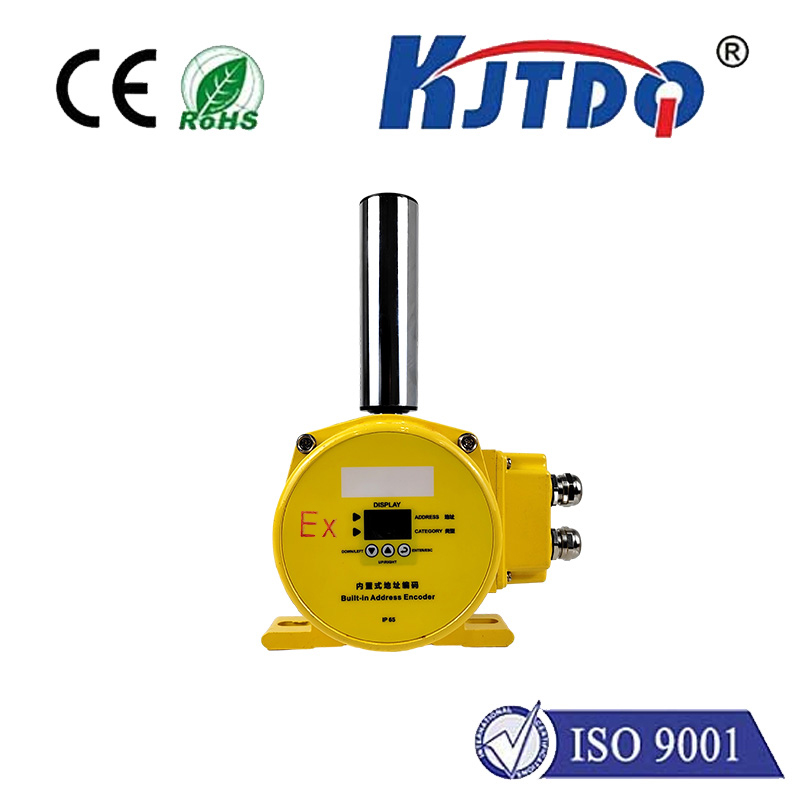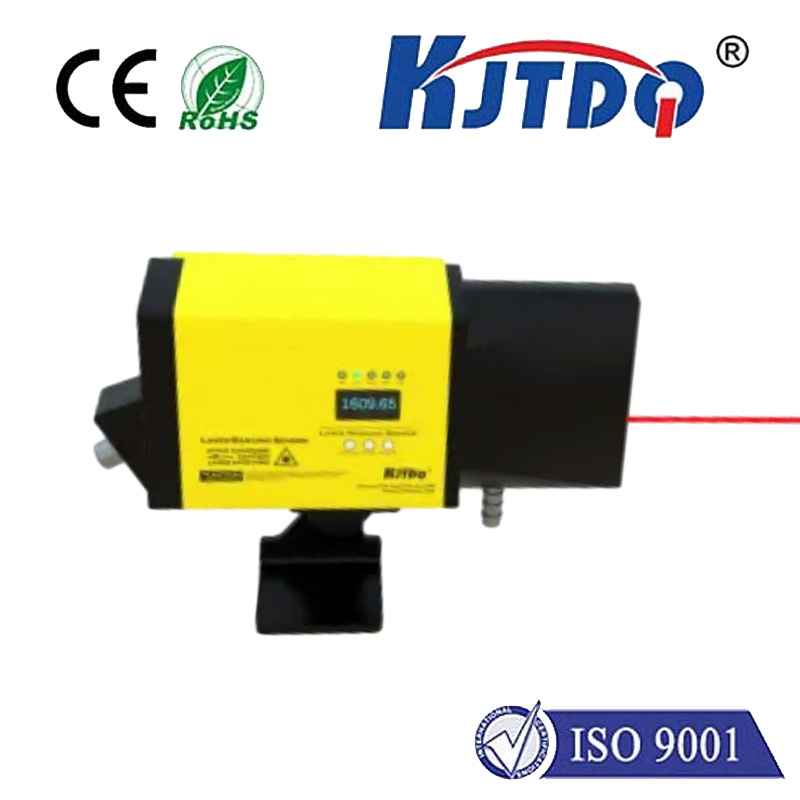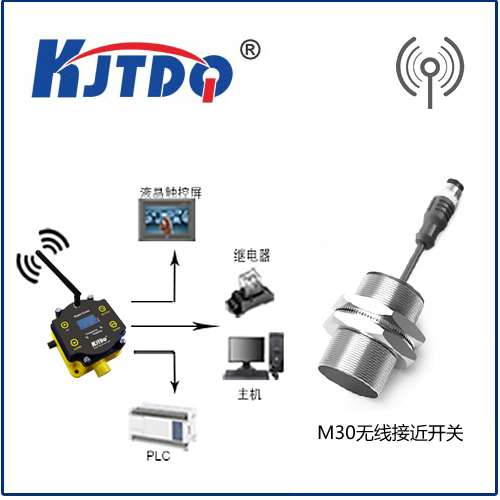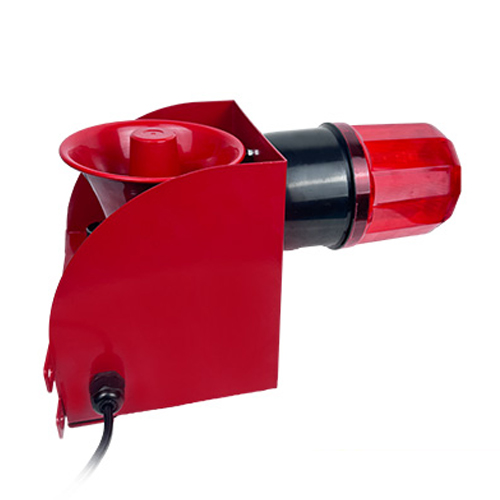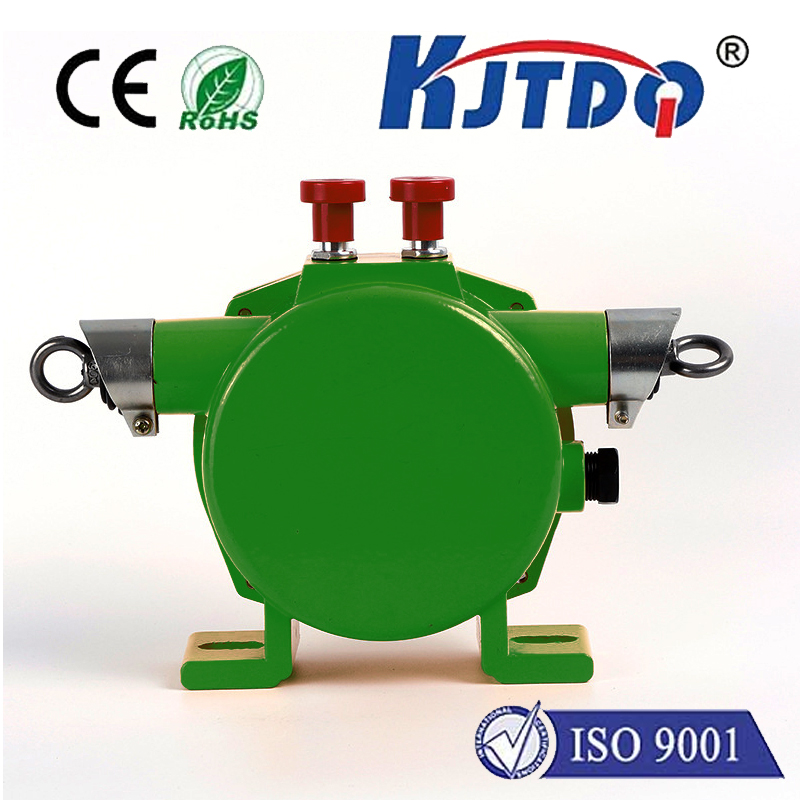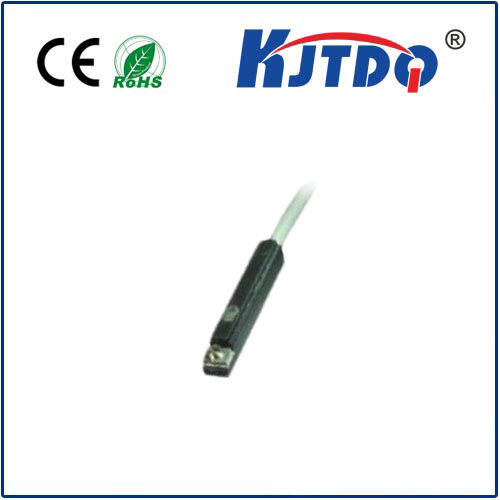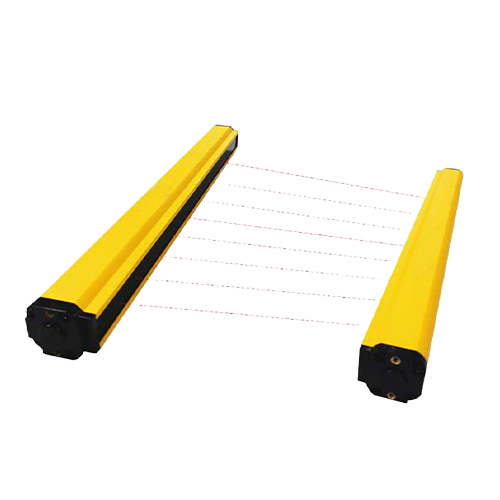Imagine a world where a tiny spark, a momentary surge of heat, or a simple metal impact could trigger a catastrophic explosion. This isn’t science fiction; it’s the daily reality in industries handling flammable dusts, gases, vapours, or mists. In these high-stakes environments, standard equipment is a liability. This is where ATEX proximity sensors step in – not merely as detection tools, but as certified guardians of life and infrastructure. Understanding their role is paramount for safety and operational continuity where the air itself can be fuel.
The ATEX Directive: Defining the Hazardous Zone
The cornerstone of safety in these volatile European environments is the ATEX directive (derived from “ATmosphères EXplosibles”). This set of regulations governs equipment and protective systems intended for use in potentially explosive atmospheres. It categorizes hazardous areas into Zones based on the frequency and duration of the explosive atmosphere’s presence:
(Gases/vapours use Zones 0-2; combustible dusts use Zones 20-22).
Any electrical or mechanical equipment used within these zones must be specifically designed, tested, and certified to prevent it from becoming an ignition source. This is the critical mandate that shapes atex proximity sensors.

The Silent Guardians: How ATEX Proximity Sensors Work
Fundamentally, an Датчик приближения ATEX functions like its standard counterpart: it detects the presence or absence of a target object without physical contact. Inductive proximity sensors, the most common type for metal detection in industrial settings, generate an electromagnetic field. When a metallic target enters this field, it induces eddy currents, causing a change in the sensor’s oscillation amplitude. The sensor’s electronics detect this change and switch its output state (e.g., NPN/PNP transistor).
However, the critical difference lies in the intrinsic safety measures and robust construction mandated by ATEX certification:
Decoding the Mark: Understanding ATEX Certification
An Датчик приближения ATEX will carry a vital certification mark. It looks complex, but each segment conveys crucial information:
Ex [Protection Concept] [Equipment Group] [Zone Category] [Gas/Dust] [Temperature Class]
Ex ia IIC T6 Ga or Ex ia IIIC T80°C DaEx: Denotes equipment for explosive atmospheres.ia / ib / d: The protection concept (e.g., intrinsic safety ‘ia’ or ‘ib’, flameproof ’d’).II / III: Equipment Group (II for Surface industries, III for Mining).C / D: Gas Group (IIC = most volatile gases like hydrogen) or Dust Group (IIIC = conductive dust).G / D: Atmosphere type (G = Gas/Vapour/Mist, D = Dust).Ga / Da / Gb / Db: Zone applicability (Ga/Da = Zone 0/20, Gb/Db = Zone 1⁄21).T6 / T80°C: Maximum surface temperature rating (T6 = 85°C max, T80°C = 80°C max). This is critical – the sensor surface must never get hot enough to ignite the surrounding atmosphere.Selecting and Implementing ATEX Proximity Sensors: Beyond the Certificate
Choosing the right Датчик приближения ATEX involves more than just matching the certification mark to the zone:
The Imperative of Safety
ATEX proximity sensors are far more than mere detection switches. They are sophisticated safety components engineered to the highest standards to prevent disasters in environments where the cost of failure is unthinkable. Selecting the correctly certified sensor for the specific hazardous zone, understanding its protection concept, implementing it precisely within a compliant system, and maintaining it diligently are not just operational requirements – they are fundamental pillars of responsible industrial safety. In the silent vigilance of these certified devices lies the assurance of continuity and protection for people, processes, and plants operating on the edge.
